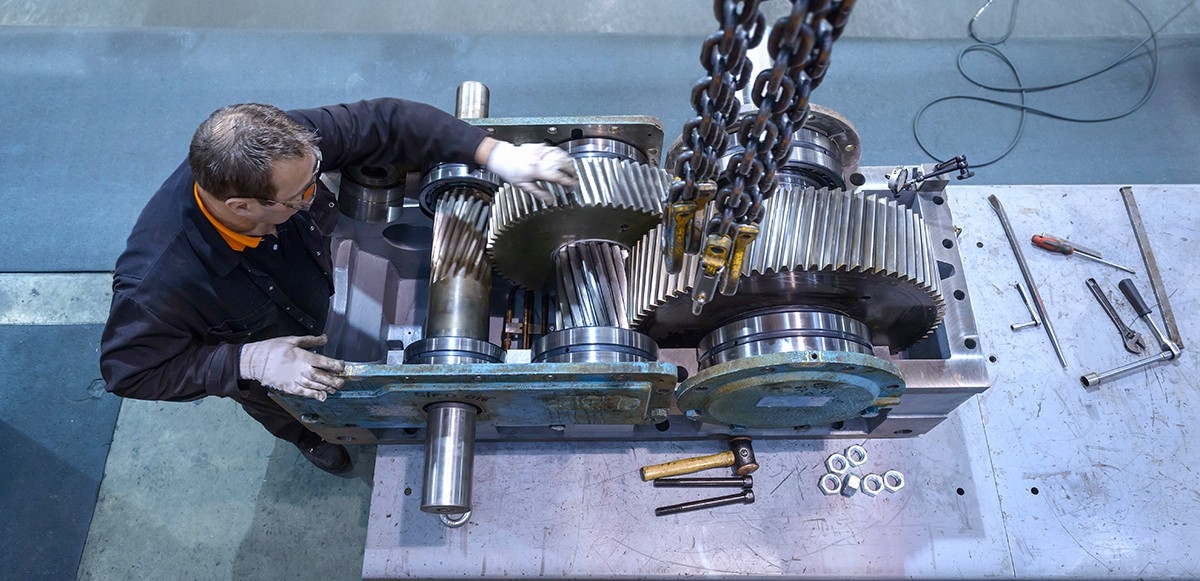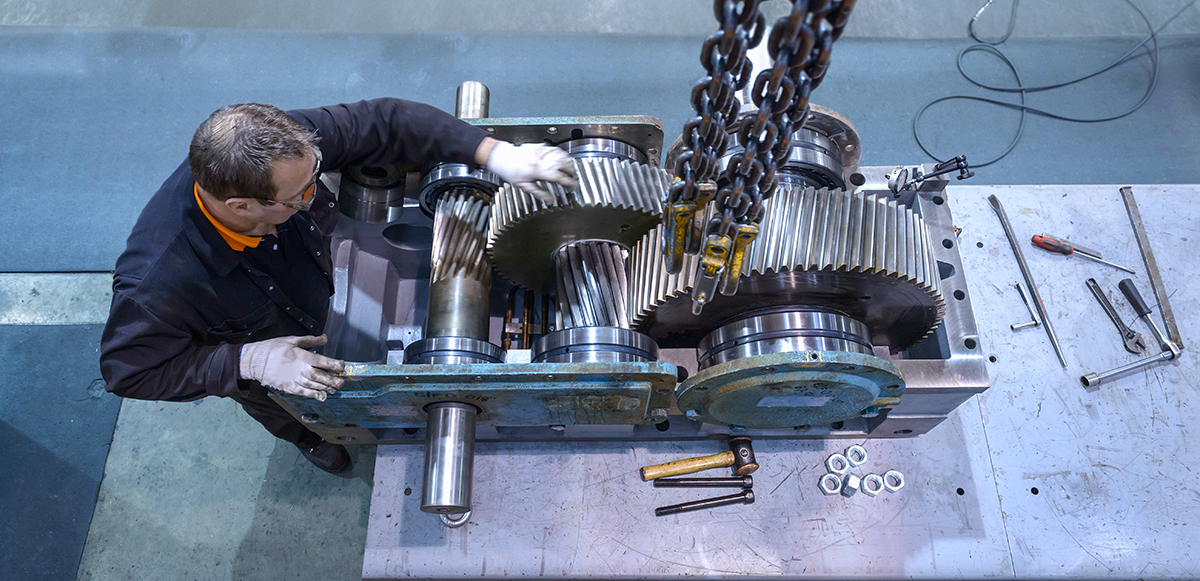How to control foam in industrial gearboxes?


Controlling foam in industrial gearboxes boils down to taking the prevention route rather than simply finding a solution.
When foam forms on the oil in an industrial gearbox, it should not be ignored. Instead, observe it. If you spot a few bubbles that dissipate quickly without destabilizing the oil level, there's no need to worry. However, if the foam rises to the top of the gearbox and ventilates through the breather, or if it lowers the oil level if it enters a pump inlet, then it’s a matter of concern! Foaming in these cases can impede gear protection and result in overheating.
Given below are prevention methods to control foam in industrial gearboxes:
Why is the foam forming?
Among new gearboxes, corrosion inhibitors applied for storage and transport purposes are often known to generate foaming, which is why gearbox OEMs often suggest flushing before putting a new unit into service.
Why is prevention the best cure for foaming?
It’s recommended to begin with proper oil selection and storage and avoid extreme temperatures that can negatively affect oil properties. Remember to check drum or tote openings for accumulations of dust or humidity that can make their way into the oil.
When applying the lubricant to the gearbox, ensure you fill and maintain the proper oil level. Take measures to decrease contamination, such as dedicated lines, pumps, and oil cans, and take care whenever installing, topping off, filtering, or dehydrating the oil. Try using desiccant air breathers to keep out particles and moisture, so long as they are maintained and replaced when needed.
If one of your worries is whether your gear oil may be susceptible to foam formation, take a sample and send it to a lab for testing. Besides identifying particle counts, water, and other potential contaminants, a lab can perform the ASTM D892 test, considered the industry standard for rating an oil’s "foam performance," signifying its ability to minimize foam formation within unobjectionable levels.
While some foam in an industrial gearbox can be expected, the lubricating oil itself rarely develops excessive foam. It clearly shows the involvement of other factors. Understanding the contributors to foam formation can be very beneficial because it can help determine the likely cause and the steps required to ease its impact.





























